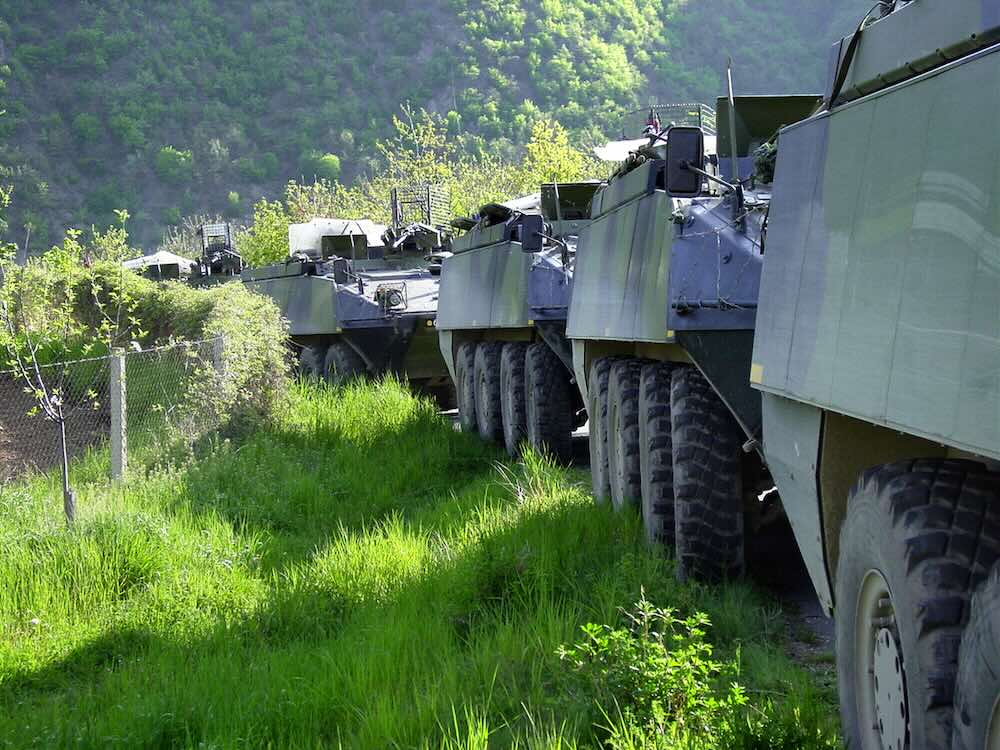


In an interview with the Financial Times, Apostolos Tzitzikostas, the recently appointed European Commissioner for Transport, said much of the continent’s infrastructure was not designed to accommodate heavy military vehicles, posing a serious risk to European security.
“We have old bridges that need to be upgraded. We have narrow bridges that need to be widened. And we have nonexistent bridges to be built,” Mr Tzitzikostas said.
He warned that if NATO forces needed to mobilise quickly to defend the EU’s eastern frontier, the response could be severely hampered by structural weaknesses, outdated border procedures, and transport bottlenecks. “The reality today is that if we want to move military equipment and troops from the western side of Europe to the eastern side, it takes weeks and in some cases months,” he said.
In response, the European Commission is preparing a €17 billion plan to overhaul key infrastructure across the continent. The initiative, due to be rolled out under the EU’s 2028–2034 budget, will focus on around 500 priority projects across four military corridors identified in cooperation with NATO. The precise locations remain classified for security reasons.
At the heart of the problem is the fact that most of Europe’s transport network was never built with military logistics in mind. Civilian lorries are typically restricted to a gross vehicle weight of 40 tonnes, whereas main battle tanks can weigh up to 70 tonnes, rendering many bridges structurally unsuitable for rapid armoured deployments.
Officials fear that, in the event of an emergency, tanks and troop carriers could be stranded behind obsolete infrastructure or delayed by bureaucratic procedures at internal EU borders. “We need to avoid tanks being stuck in paperwork when they cross borders,” Mr Tzitzikostas said.
The warning comes amid growing anxiety across Europe over the potential for future Russian aggression. In June, NATO Secretary-General Mark Rutte said Russia could attempt to strike a NATO member state by 2030, prompting renewed efforts to improve collective defence readiness.
In parallel with the infrastructure initiative, the EU is pursuing a wider rearmament programme estimated to cost up to €800 billion. The plan is intended to reduce Europe’s longstanding dependence on the United States for security, and to enable EU states to respond more swiftly and independently to emerging threats.
Mr Tzitzikostas said the proposed transport upgrades would support NATO’s updated guidance for defence spending, which now includes a recommendation that 5 per cent of national GDP be allocated to defence — of which 1.5 per cent should be invested in infrastructure and security.
While the Commission’s proposal sets out a €17 billion figure for military mobility, Brussels diplomats have warned that member state negotiations may lead to a reduced final allocation. Budget discussions are expected to be protracted, as national governments weigh competing priorities including economic recovery, climate policy, and industrial modernisation.
Nevertheless, defence planners argue that the military mobility programme is a critical component of Europe’s security posture. Senior officials in eastern EU countries have repeatedly warned that delays in deploying forces could prove disastrous in a crisis.
Mr Tzitzikostas said it was vital that Europe not rely solely on American support or legacy systems. “We cannot afford anymore not to be ready or be dependent,” he said.
Military mobility has been a concern for Brussels since 2017, when it was first identified as a shortcoming within the EU’s defence framework. Although some progress has been made under the Permanent Structured Cooperation (PESCO) initiative, funding shortfalls and administrative hurdles have slowed implementation.
The current push reflects a shift in Brussels, where policymakers now view strategic infrastructure not only as a tool for economic development but as a pillar of territorial defence. The challenge, officials say, lies in adapting civilian transport systems to the demands of 21st-century warfare without undermining their day-to-day functionality.
Zaluzhny: NATO Is Not Ready for the War That Has Already Begun